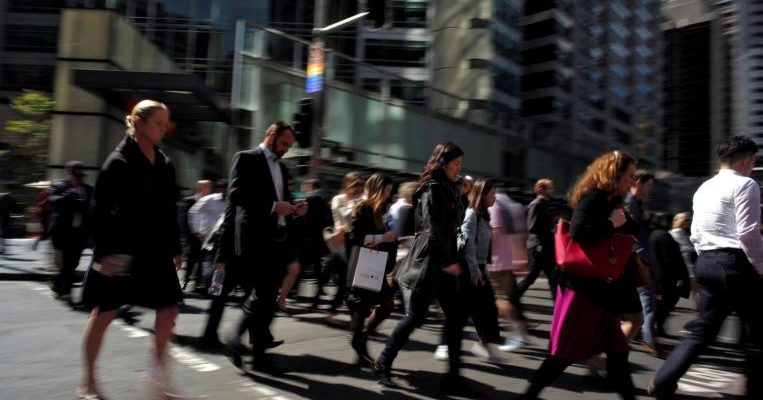
SYDNEY (REUTERS) – Australia’s unemployment rate rose again in April to the highest in eight months while full-time jobs fell, official data showed on Thursday (MAY 16), cementing views its central bank may be forced to lower rates soon to stimulate the economy.
The local dollar skidded 0.4 per cent to US$0.6891, the weakest since early January when a currency ‘flash crash’ briefly sent the Aussie to US$0.6743.
Financial markets see a near 60 per cent chance the Reserve Bank of Australia (RBA) will ease policy next month.
Thursday’s data will prove a setback for Australia’s governing Liberal-National coalition, which is heading into this weekend’s general election claiming to be a sound manager of the economy. Opinion polls show the opposition Labor Party is the favourite to win.
The RBA is closely watching the employment report for clues on monetary policy, as it is counting on labour market strength for a long-awaited pick up in wage growth and inflation in the face of a property market downturn.
Thursday’s figures showed 28,400 new jobs were created in April, surging past expectations for a rise of 14,000. But in an unwelcome sign, all of the increase was led by part-time work, with full-time declining 6,300.
Australia is creating jobs at a brisk annual pace of 2.6 per cent, much faster than the 1.6 per cent rise in population but that is still not enough to meet with surging labour supply.
The unemployment rate rose for a second straight month to 5.2 per cent, when analysts had expected 5.1 per cent, as the participation rate climbed to 65.8 per cent indicating more people went looking for work.
More worryingly, forward-looking indicators of labour demand are now pointing to emerging weakness.
The National Australia Bank monthly employment index slipped last month, dragging down the Composite Employment Index to 51.4, the lowest reading since September 2016, from 53.4 in March.
A job index by Westpac has also turned down, suggesting that employment growth should slow to around 2 per cent in the July-September period.
With the jobless rate inching up, lukewarm consumer prices and sputtering economic growth, the RBA will likely cut rates from a record low 1.50 per cent.
